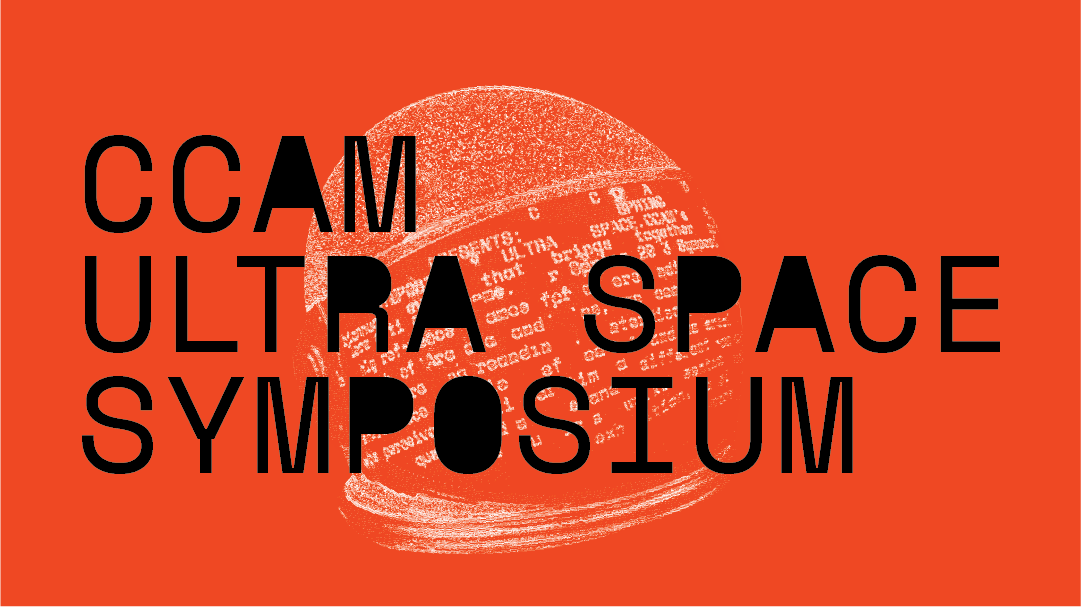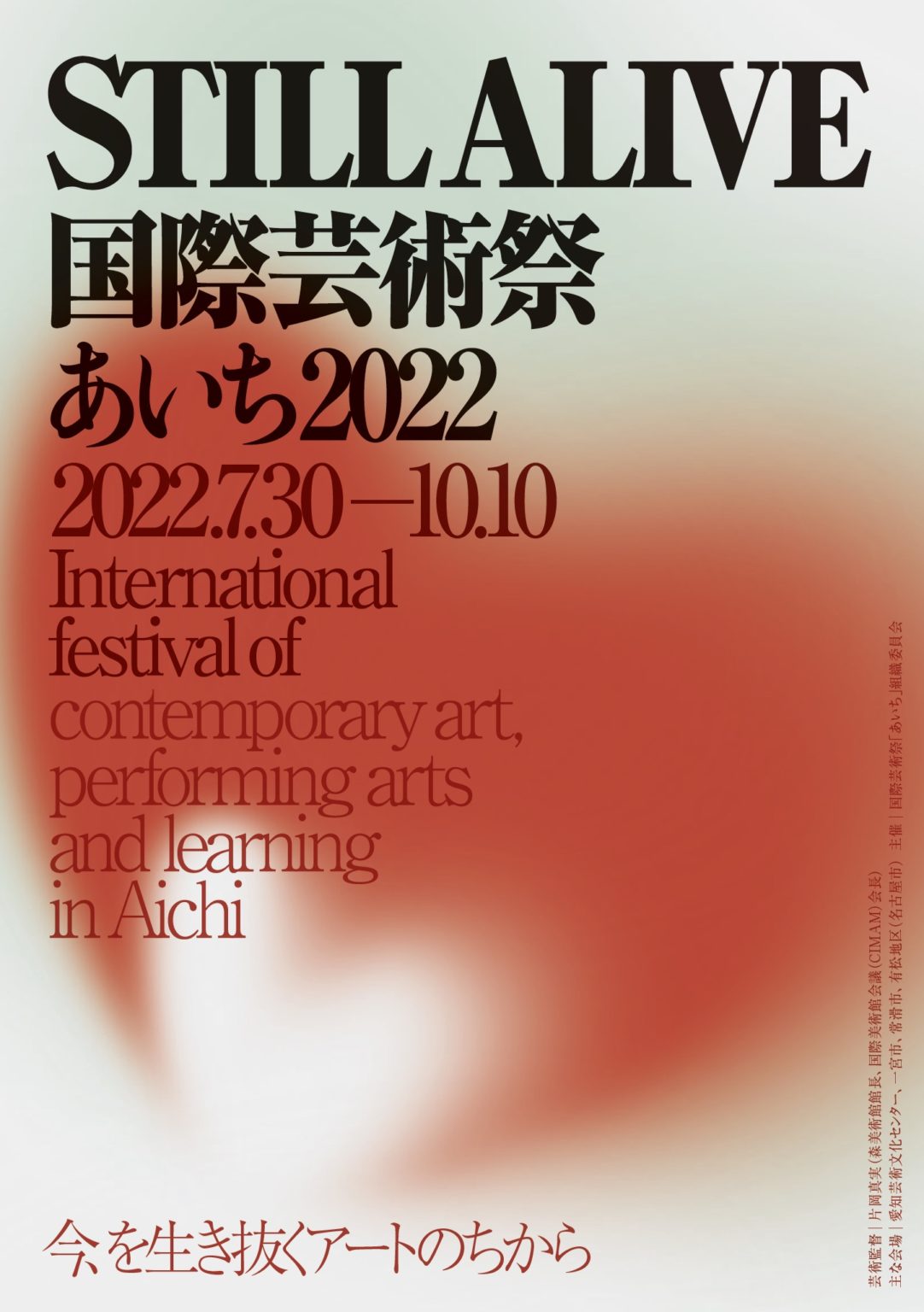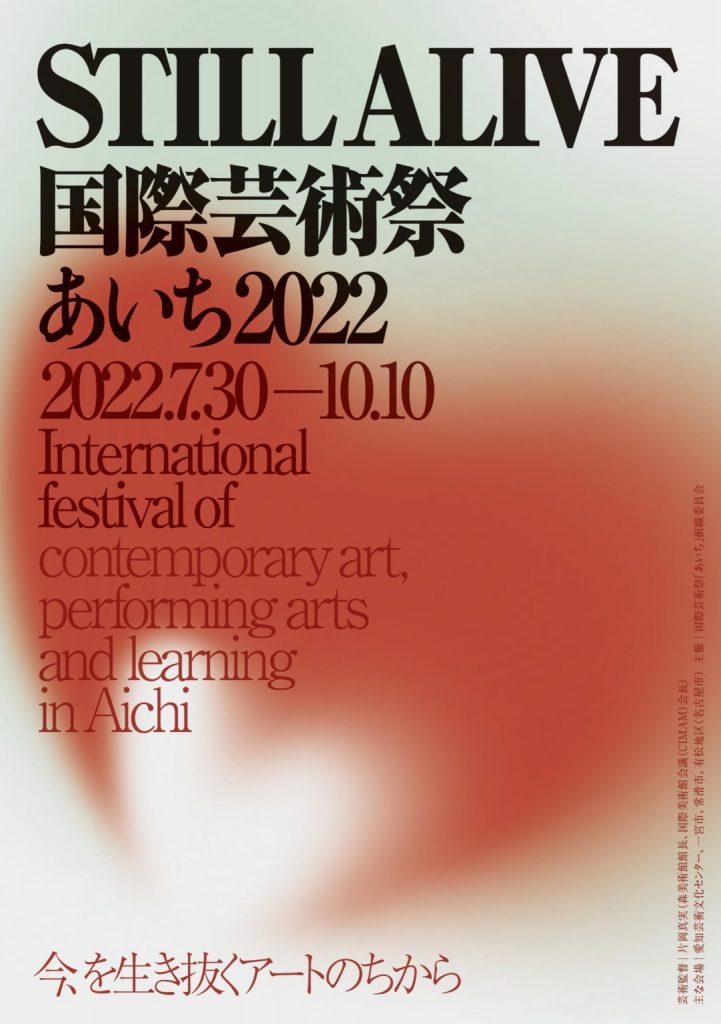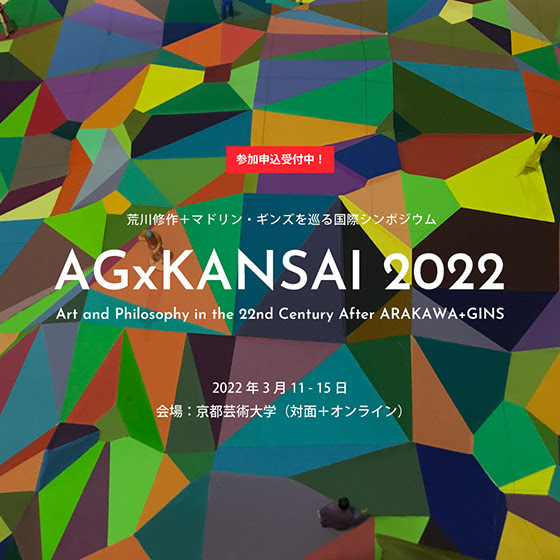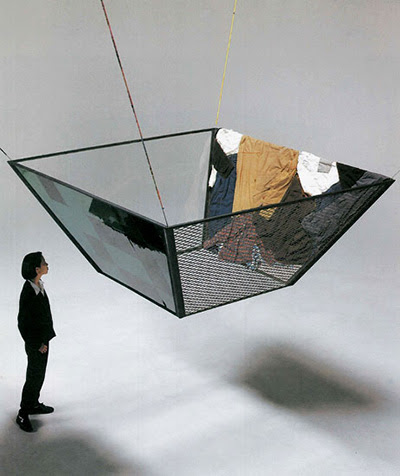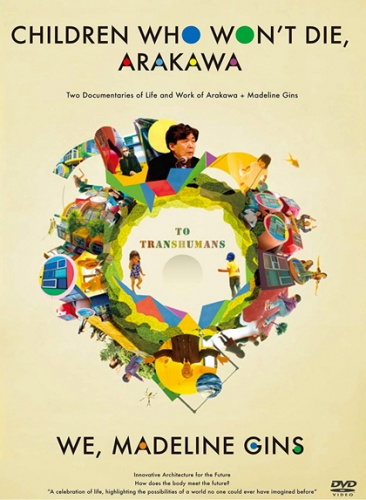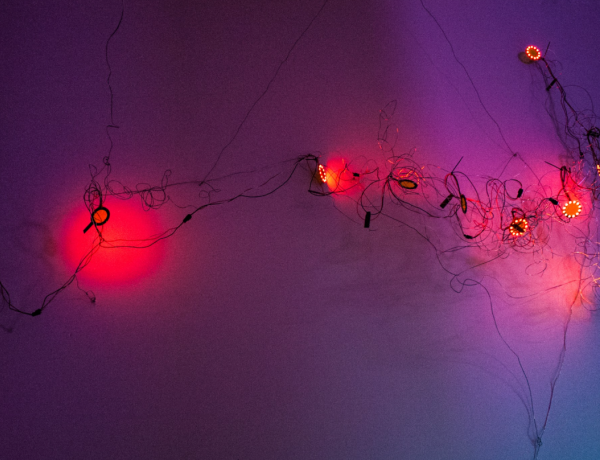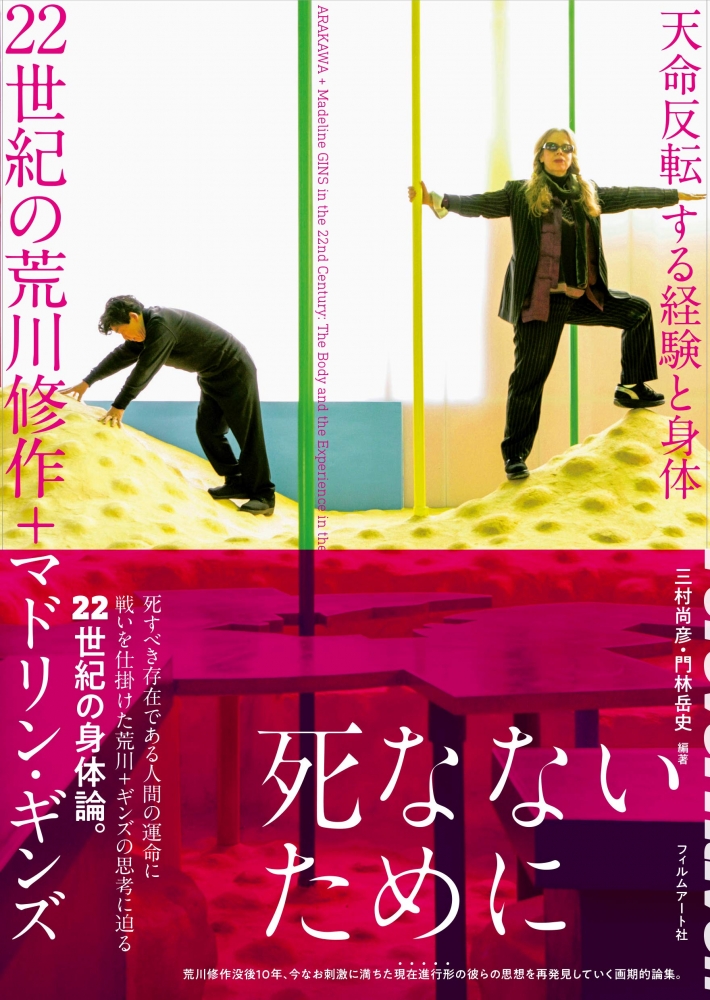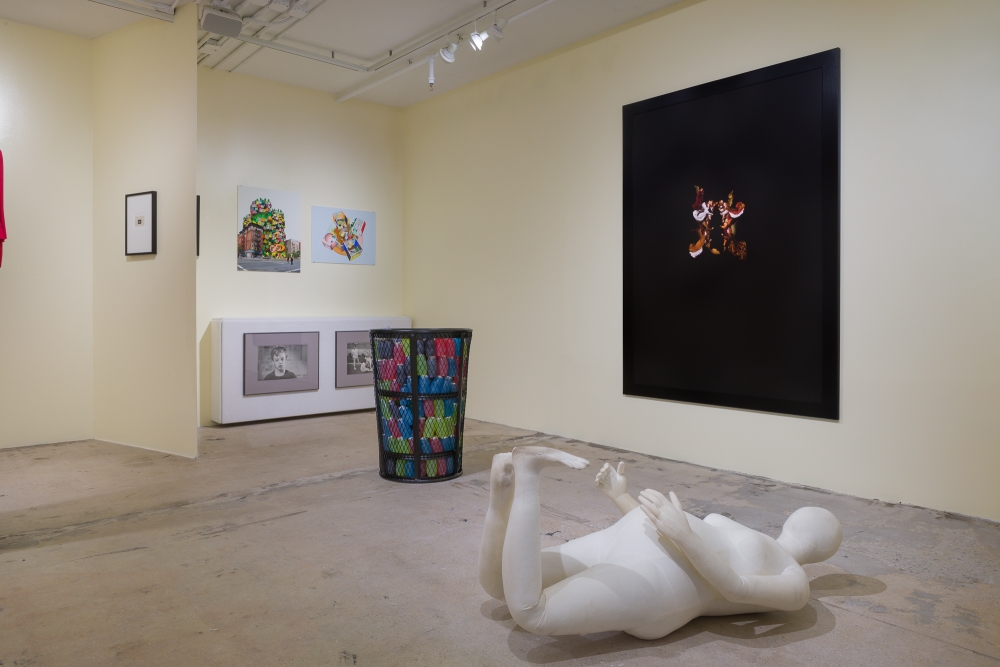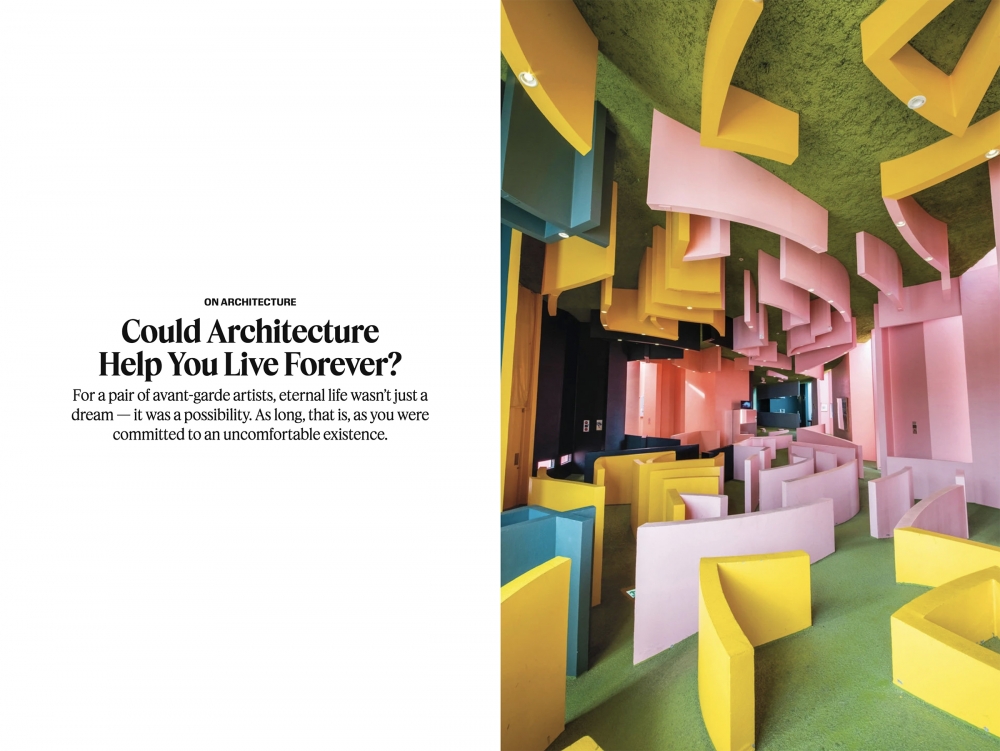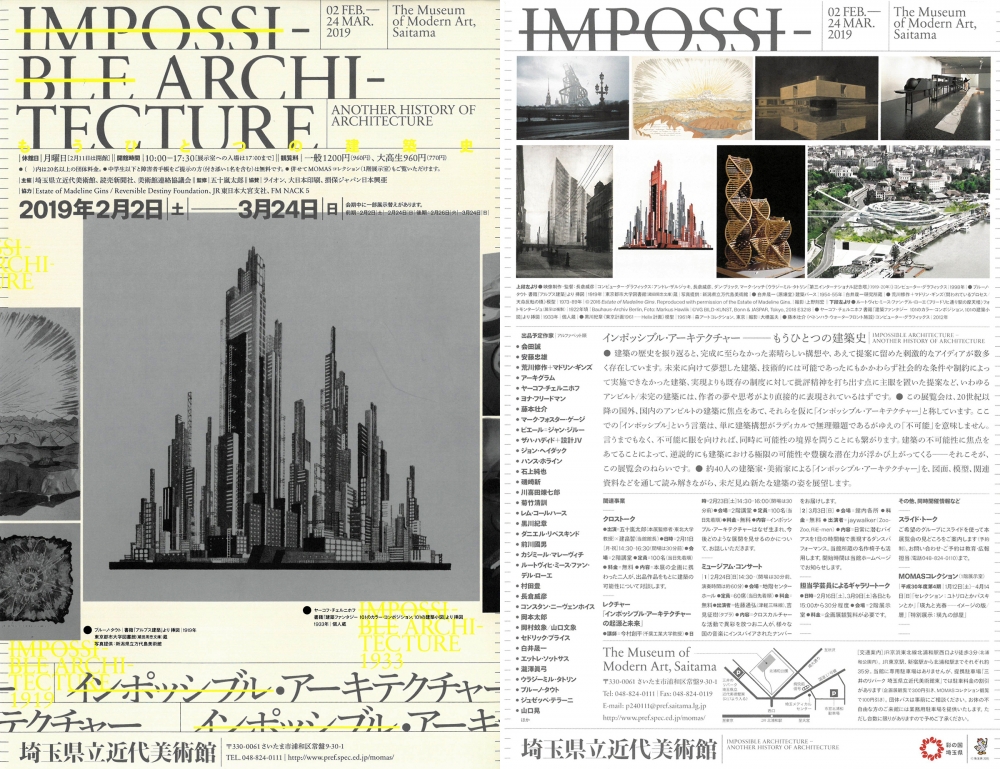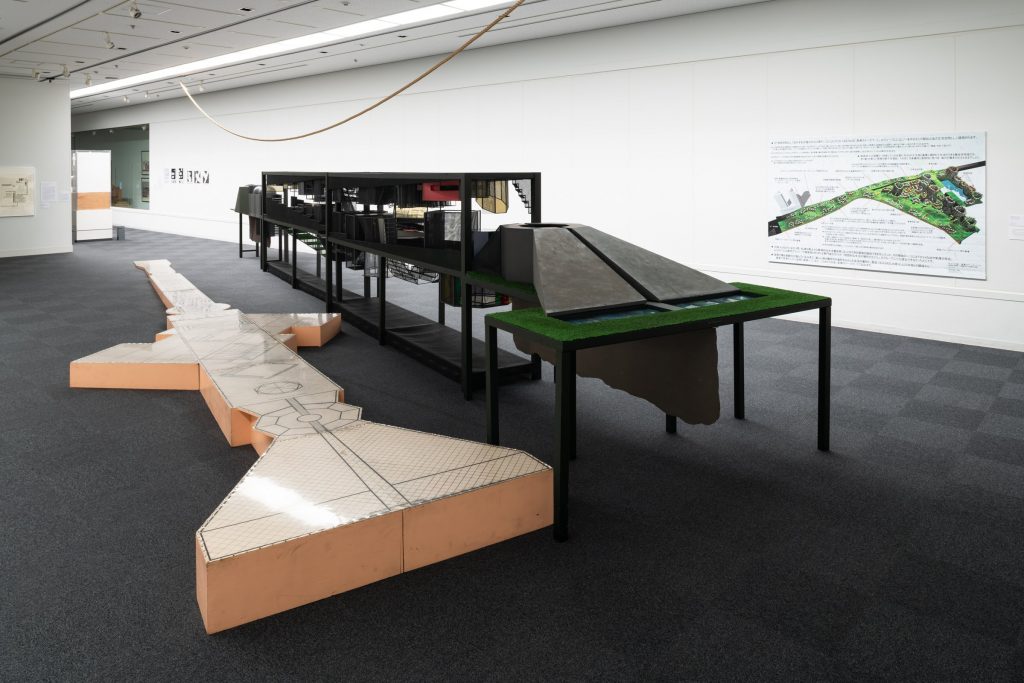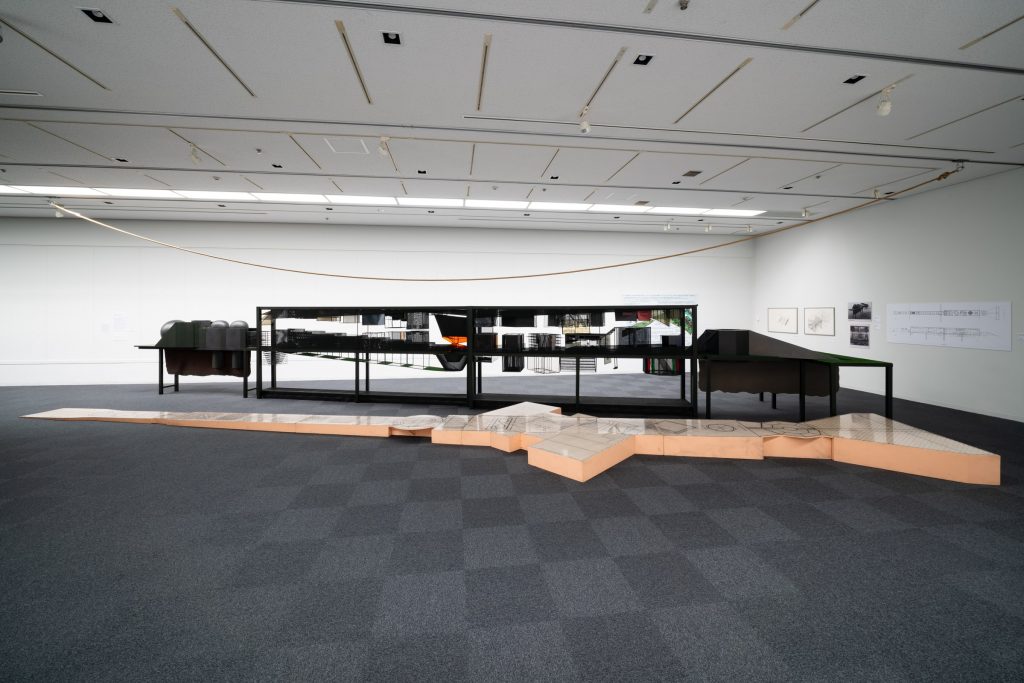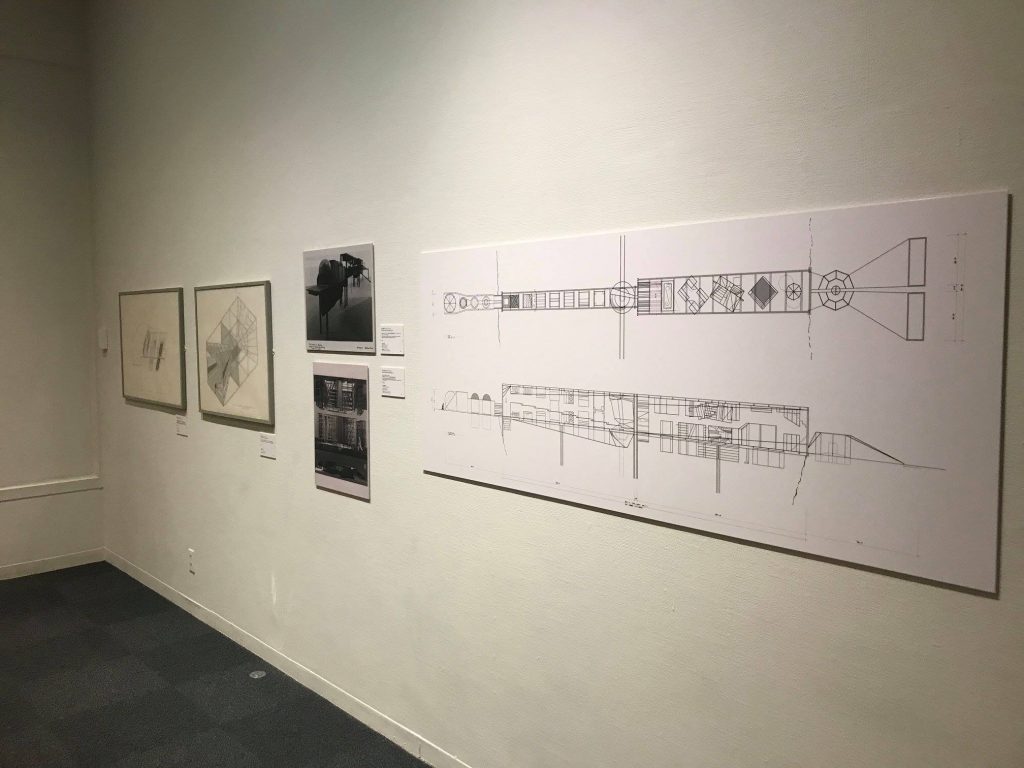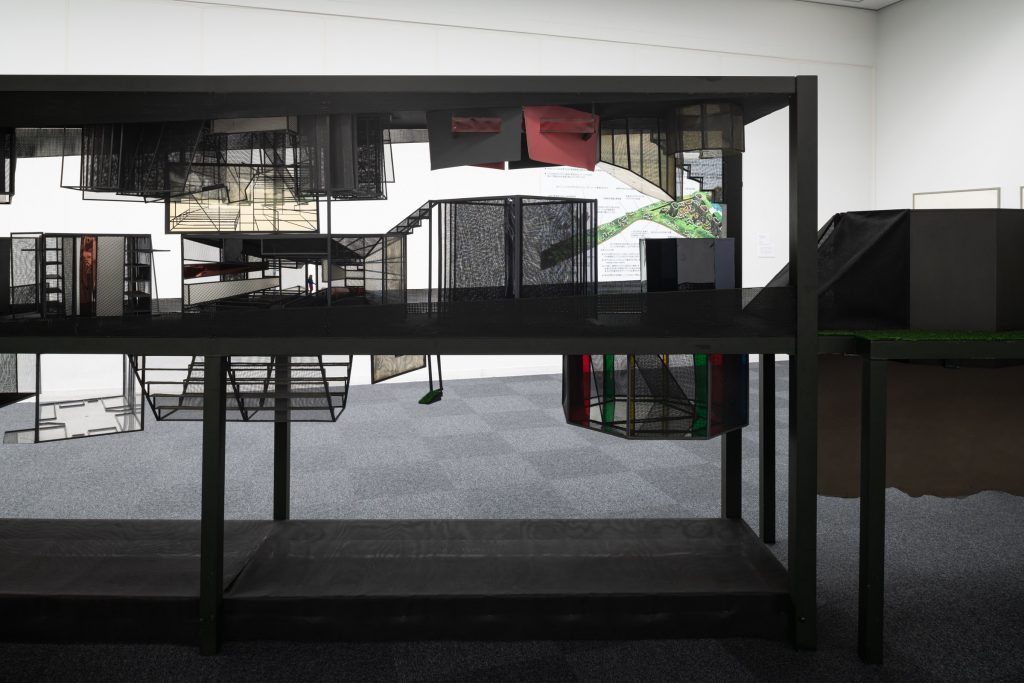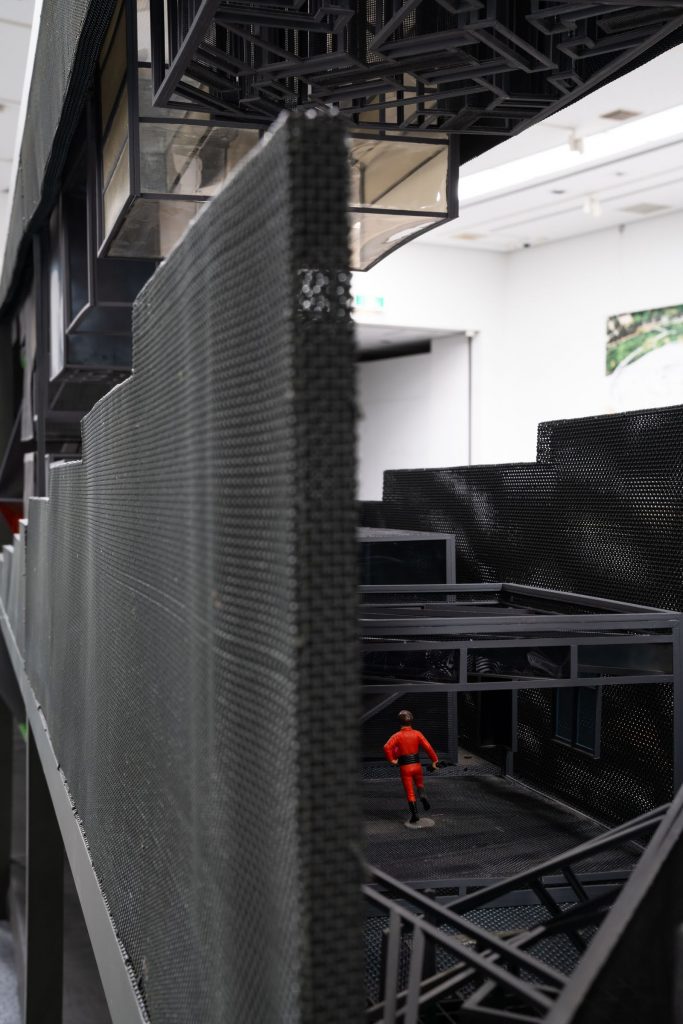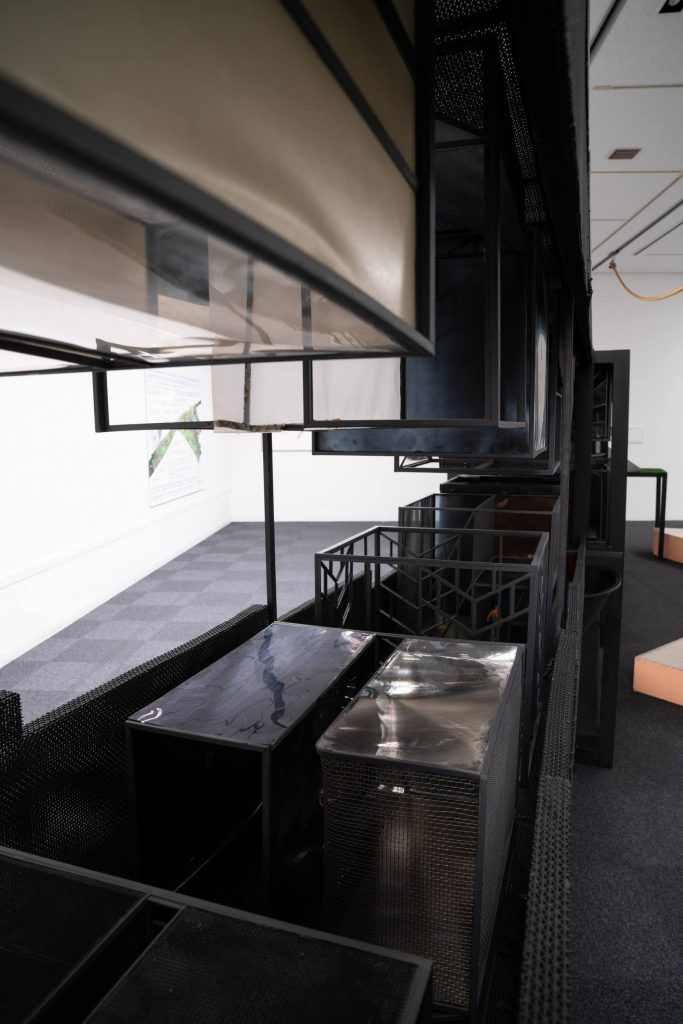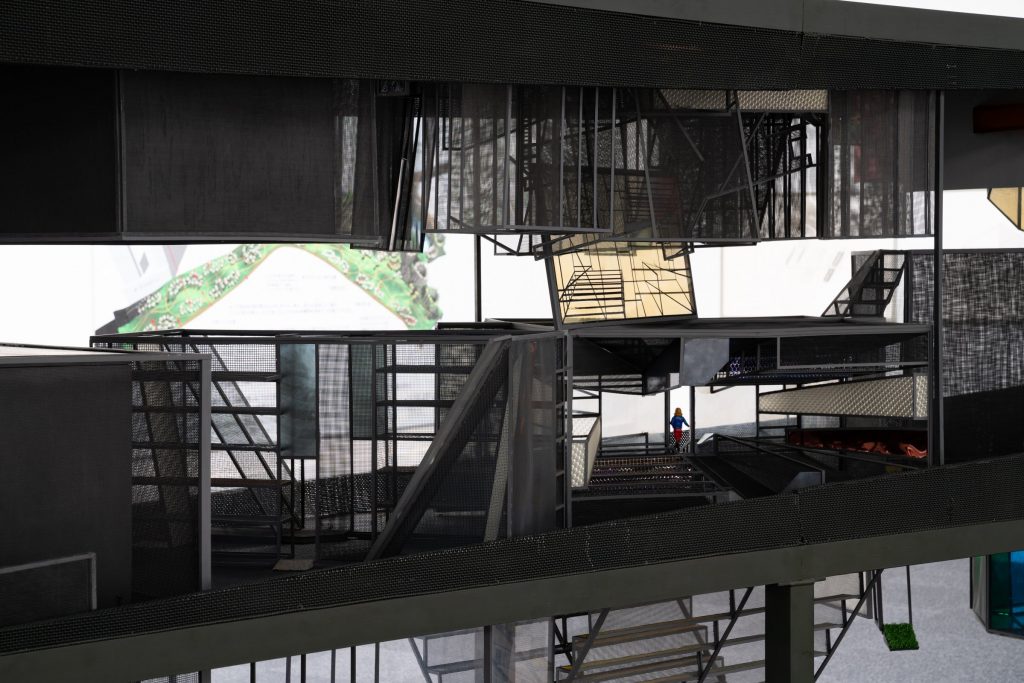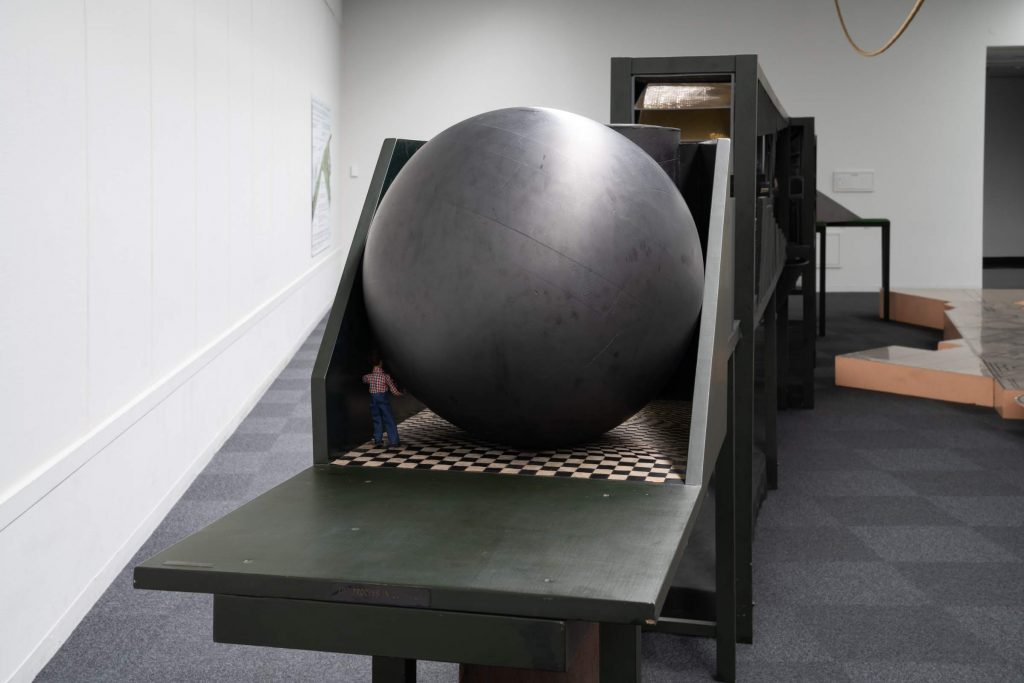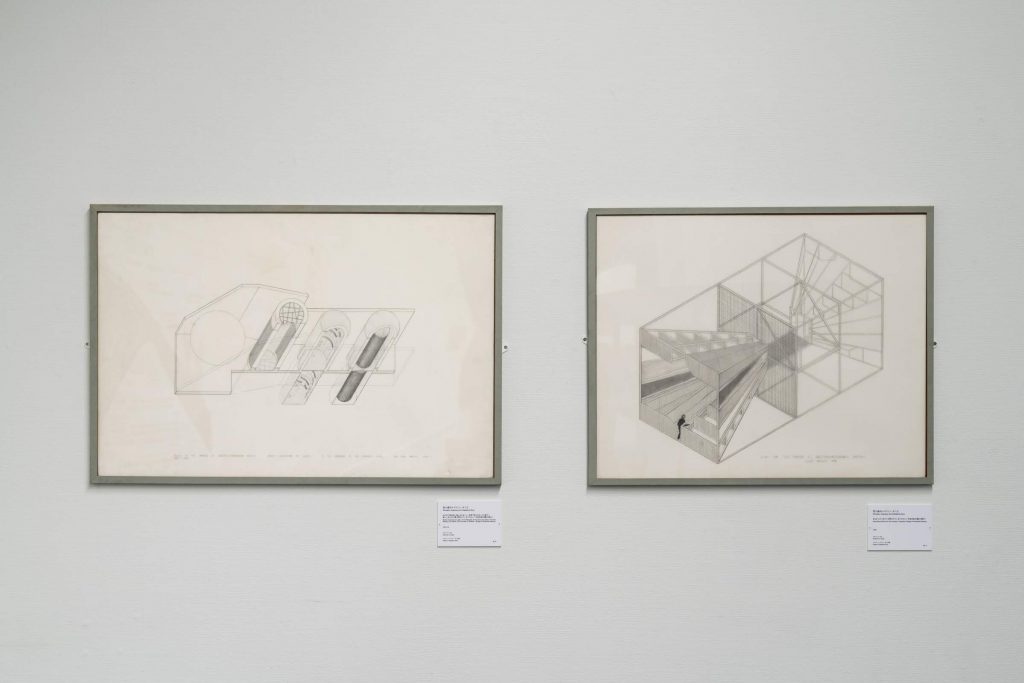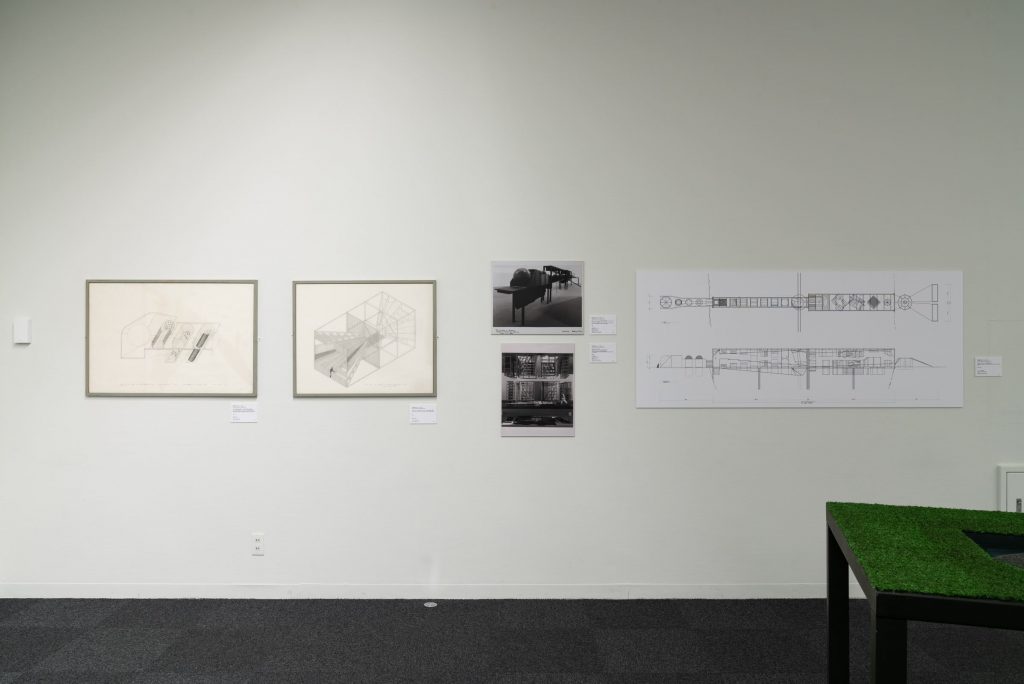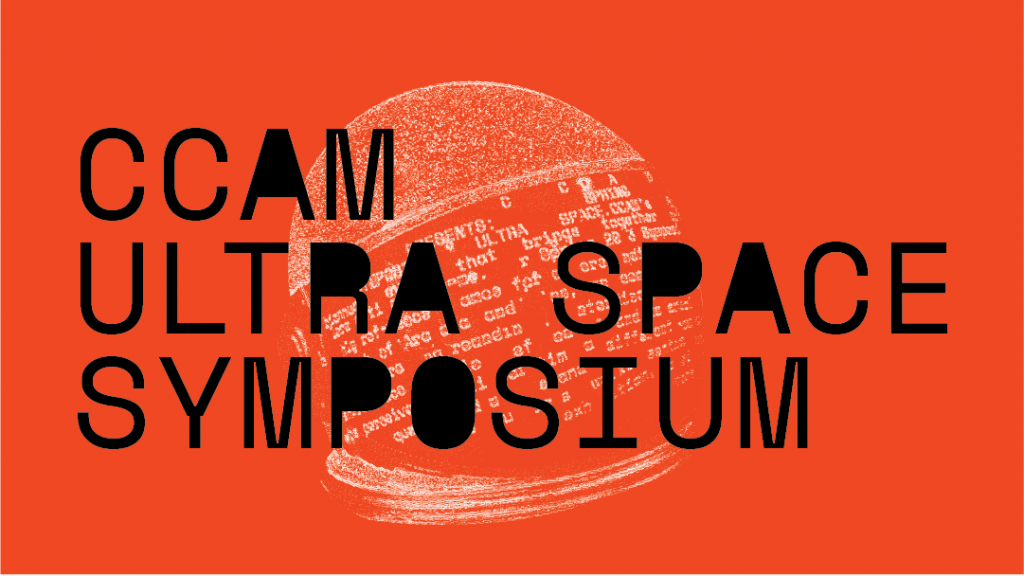
The Reversible Destiny Foundation is happy to announce and to participate in the upcoming interdisciplinary symposium at Yale University’s Center for Collaborative Arts and Media (CCAM) focusing on the work and philosophy of Arakawa and Madeline Gins. The event is free and open to the public. Please find more information below.
To register, please visit: https://yaleultra.space
New Haven, Connecticut—The Center for Collaborative Arts and Media (CCAM) at Yale, located at 149 York Street, presents the Ultra Space Symposium: Arakawa + Gins on Thursday, April 27 and Friday, April 28.
The symposium looks back to the work of Arakawa (Shusaku Arakawa; 1936-2010) and Madeline Gins (1941-2014). The pioneering artists were driven by the idea that architecture could extend human life, a concept they called “reversible destiny.” Inspired by their work, the Ultra Space Symposium will explore the relationship between design and the human body, in contexts from live performance to visual art and sound design.
The symposium will open with a screening of Ultra Space: Terra Cosma, a short documentary film produced by CCAM, as well as “What Do You See?: An Interdisciplinary Look at a Work by Arakawa and Gins.” This panel will bring together speakers including Miwako Tezuka and ST Luk from the Arakawa and Gins-founded Reversible Destiny Foundation, and Yale faculty members including Professor of Astronomy and Physics Priya Nataranjan, Assistant Professor of Architecture Mae-Ling Lokko, and Professor in the Practice of Sound Design Matthew Suttor.
The Ultra Space Symposium: Arakawa + Gins will also feature the premieres of Latency, a new performance created by Liam Bellman-Sharpe, and Composition in Frozen Time by Yale Professor of Music Konrad Kaczmarek. The panel “Body/Cyborg/Alien: Embodying What’s Out There” will feature Ravi Kumar Kopparapu of NASA, EM, SS. Experimental workshops such as “Manipulations,” led by CCAM Director Dana Karwas, Yale School of Art Critic Sarah Oppenheimer, and CCAM Postgraduate Fellow Alvin Ashiatey, will invite unique engagement with the symposium’s themes. During the closing discussion, “Living In Space,” audiences will hear from Ariel Ekblaw, Director of the MIT Space Exploration Initiative, and bionic pop artist Viktoria Modesta.
An interdisciplinary exhibition will accompany the symposium, which will feature works by Arakawa and Gins, an installation of short films, and the immersive VR experience Echoes of Silence by the Emmy Award-winning artist Tamara Shogaolu.
For the full program and to register for free tickets, please visit: https://yaleultra.space
The Ultra Space Symposium is part of CCAM’s Ultra Space research initiative, which is led by CCAM Director Dana Karwas.
The Yale Center for Collaborative Arts and Media (CCAM) activates creative research and practice across disciplines to advance the cultural landscape of our time. We initiate and support work that adopts and investigates approaches from the arts, architecture, engineering, the sciences, and more. We regularly present our discoveries to the public in dialogue and partnership with the university, New Haven, and the world.
Top image: Graphic design by Alvin Ashiatey
